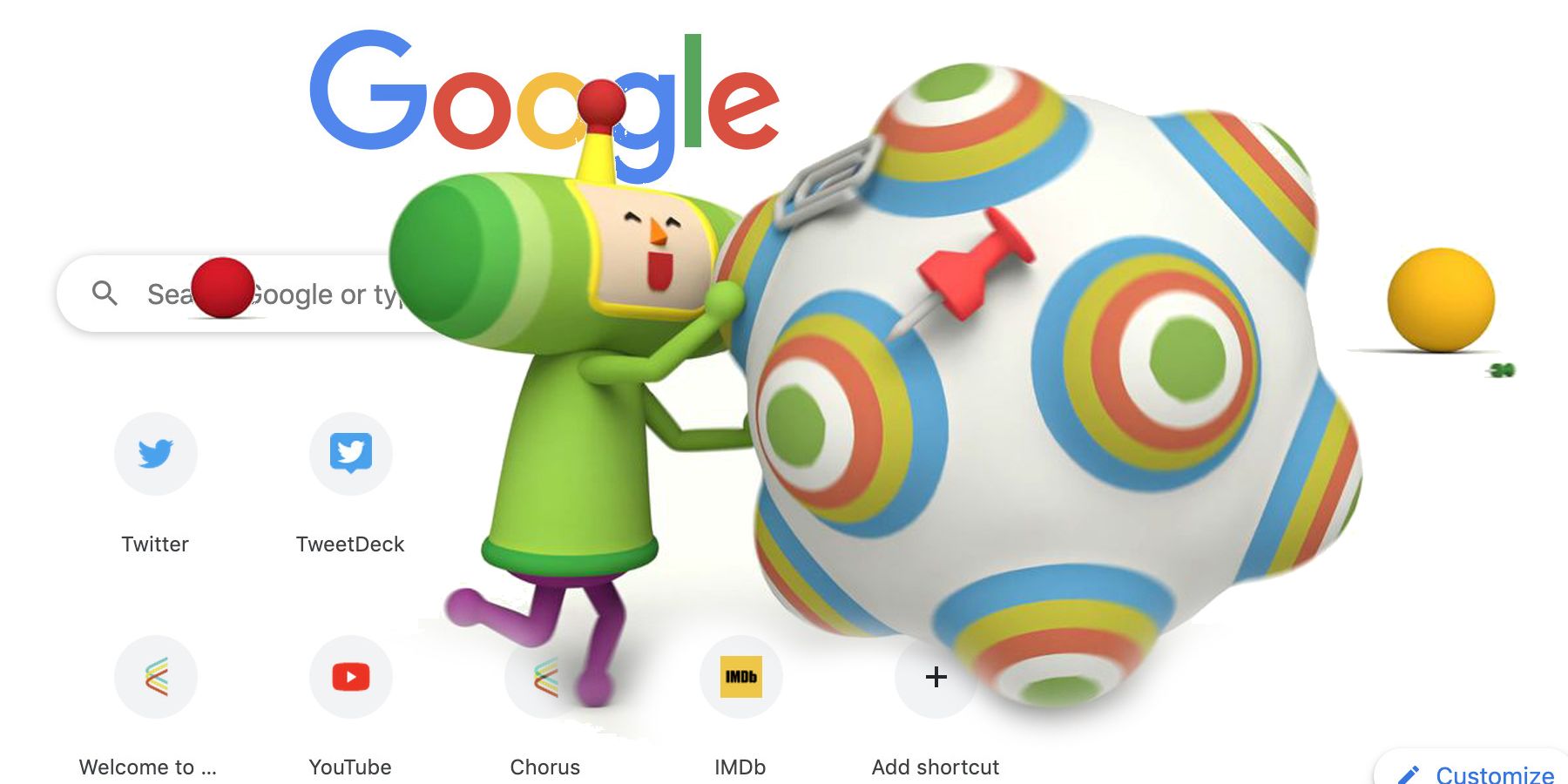
Uncovering the Intriguing World of Navboost: A Look at the Patent from 2004

Exploring the patent authored by a top Google engineer in 2004 and its alignment with the enigmatic Navboost technology.
The Enigma of Navboost
The tech world has been abuzz with speculation about Navboost, a mysterious technology that has piqued the curiosity of many. While there have been numerous theories and conjectures surrounding Navboost, the search for its original patent has been an elusive quest. However, a significant breakthrough has been made in the form of a patent dating back to 2004, authored by a top Google engineer. This patent bears striking resemblances to the enigmatic Navboost, shedding light on its origins and functionality.
The journey to uncover the true nature of Navboost began with a few pivotal clues. It is known that Google Software Engineer Amit Singhal played a pivotal role in the development of Navboost, dating back to 2005. Armed with these clues, the search for the elusive patent led to the discovery of a patent authored by Singhal in 2004. This discovery marks a crucial milestone in unraveling the mysteries of Navboost, as it provides valuable insights into the technology's early manifestations and functionalities.
Decoding the Patent
The patent in question, titled 'Systems and methods for correlating document topicality and popularity,' offers a fascinating glimpse into the intricate workings of Navboost. What sets this patent apart is its omission of explicit references to 'clicks,' a key element that has led many to overlook its connection to Navboost. However, a closer examination reveals implicit allusions to user interactions and navigational patterns, which are inherently linked to the concept of clicks.
Within the patent, there are instances where user clicks are implied, albeit indirectly. The process of document selection and retrieval, mapping documents to topics, and analyzing user navigational patterns all point to the implicit involvement of user clicks. These user interactions form the foundation for assessing the popularity of documents, a pivotal aspect of Navboost's functionality.
The patent's emphasis on user interactions as a measure of popularity underscores its alignment with the core principles of Navboost. By leveraging user navigational patterns and document selections, the patent proposes a method of assigning popularity scores to documents, thereby enhancing the accuracy and relevance of search engine results. This approach highlights the patent's pivotal role in shaping the user experience and optimizing the retrieval of information.
Unveiling the Inner Workings
Delving deeper into the patent, it becomes evident that popularity scores play a central role in its operations. The patent outlines various applications of popularity scores, including the assignment of scores to documents, derivation of per-topic popularity, and their incorporation into ranking and document retrieval processes. These instances underscore the patent's dynamic and user-responsive approach to evaluating the relevance and importance of documents in search engine results.
Furthermore, the patent's utilization of popularity scores aligns with the principles elucidated by Google executive Eric Lehman during the Navboost trial. Lehman's testimony regarding the assignment of scores to documents resonates with the patent's methodology, emphasizing the use of user interaction as a fundamental metric for scoring webpages. The convergence of these insights reinforces the compelling parallels between the patent and the elusive Navboost, shedding new light on its inner workings and technological underpinnings.











